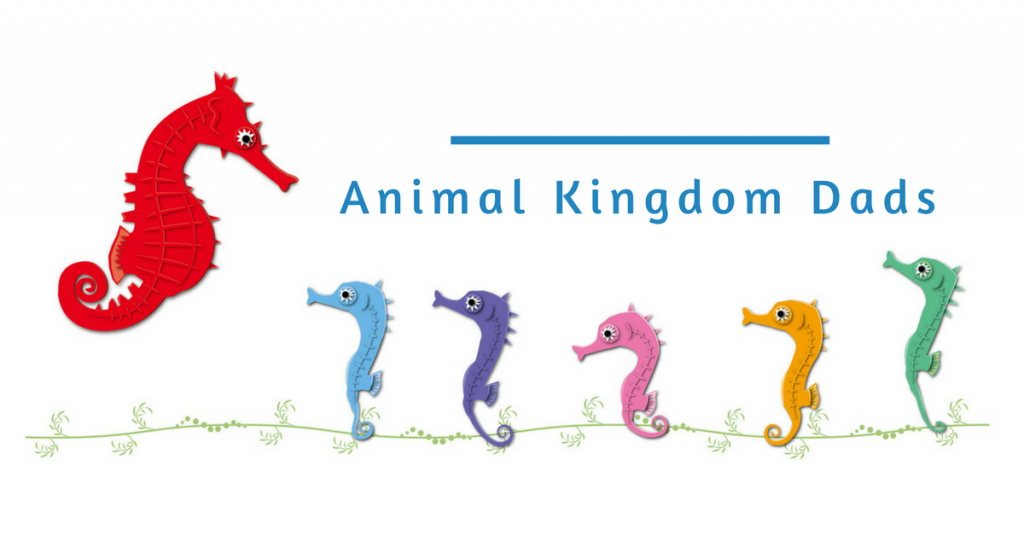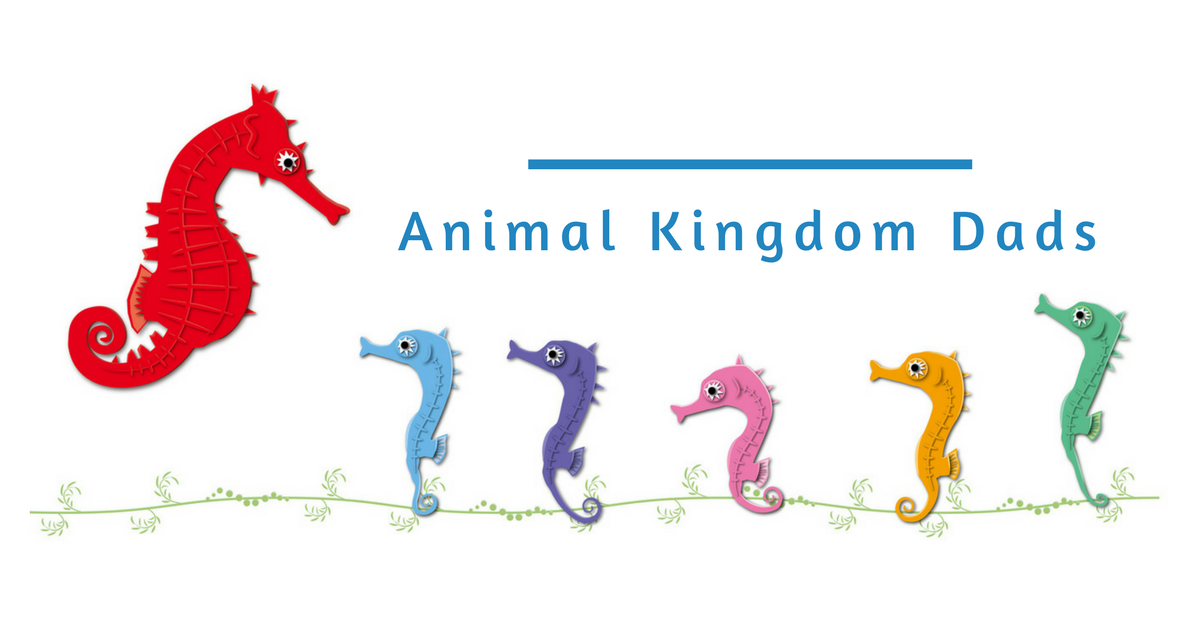Humans aren’t the only creatures with fathers, of course—we’re just the only ones with an official Father’s Day where we buy them gifts to thank them. Here are some other proud poppas from the realm of the animals.
Seahorses
It’s one of those well-known pieces of trivia that among seahorses it’s the males who bear the young. Here’s how it works. A female seahorse deposit their eggs in a special pouch on a male seahorse. At that point, the male fertilizes the eggs and keeps them in the punch, incubating them for 45 days until the little seahorses are born.
Water Bug
The giant male water bug similarly carries its young until they can survive on their own. Those aren’t lumps on the back of the bug’s water-wings: those are bug eggs.
Lumpsucker
The lumpsucker is an aptly named aquatic creature—they look like big gray lumps and the male lumpsucker’s pelvic fins are basically suction cups. When eggs are fertilized, they’re left by the mother to grow with the father. He then attaches himself to a surface near the eggs, and remains fixed in place, guarding the eggs.
Catfish
The male hardheaded catfish develops frog babies until they can fend for themselves. He does by carrying as many as 48 fertilized eggs in his mouth, and for a full 60 days. How does a father catfish eat when there are babies growing in his mouth? He doesn’t.
Mimic Poison Frogs
Female mimic poison frogs lay fertilized eggs on leaves. Once they hatch, the monogamous male partner of that mimic poison frog (they’re the only known mate-for-lifers in the amphibian world) carries the newborns into a small pool of water inside a pineapple-like plant called a bromeliad. He then carefully watches over the young, and when he can sense that they’re hungry, he calls out to the mother, who deposits an unfertilized egg in the water…upon which the newborns feast.
Emperor Penguin
Incubating and laying eggs is incredibly debilitating to a female emperor penguin. To recharge and refill her food reserves, the new mother penguin returns to the waters for up to two months to feed. That means the male emperor penguins must keep the egg warm for that period of time, holding the egg carefully balanced between his brooding pouch and the top of his feet.









